Asking the Right Questions
When we see dark clouds but no rain, or when pollution makes it hard to breathe, it’s easy to wish someone could just “turn on the rain.” That’s what artificial rain tries to do. But is it always a good idea? By asking kids to think about both sides, parents can help them learn how solutions can have positive and negative effects.
What Makes Artificial Rain Helpful?
Artificial rain can save lives and protect nature in many ways. Here’s why people call it a good solution:
- It can help farmers water their crops during drought so they don’t lose their harvest.
- Rain washes away harmful smoke, dust, and chemicals in the air, helping people breathe easier.
- Extra rain can fill lakes and rivers when they’re running dry, giving animals and people water to drink.
- It’s a tool we can use in emergencies, like fighting wildfires or extreme air pollution.
These reasons show why many countries, including India, use artificial rain to help communities in tough times.
What Could Be Bad About Artificial Rain?
But artificial rain also has downsides parents should share with kids so they understand that even solutions have risks:
- Artificial rain needs the right clouds, but if used too often, it might change rainfall patterns and affect nearby regions that need rain.
- Cloud seeding can cost a lot of money, which might not be the best way to spend resources if there are better long-term solutions.
- If people think artificial rain will solve all problems, they might forget to fix the causes of pollution, like cars, factories, or burning waste.
- Scientists are still studying whether large-scale cloud seeding could affect weather over time or hurt ecosystems in unexpected ways.
Why It’s Not Just Good or Bad
Artificial rain isn’t fully good or fully bad. It’s a tool. Like any tool, it can help or cause problems depending on how, when, and why we use it. Teaching kids to see both sides helps them understand that science often brings choices we need to make carefully.
Ways Parents Can Guide Kids to Think Critically
- Ask open questions: “What do you think would happen if it rained too much after cloud seeding?” or “Why might people want to use artificial rain?”
- Compare different solutions: Talk about other ways to clean air, like planting trees or reducing traffic.
- Discuss fairness: Help kids think about how cloud seeding could move rain away from other areas that also need it.
- Talk about balance: Explain that we sometimes need quick fixes like artificial rain, but we also need long-term solutions that stop pollution from happening in the first place.
Activities to Spark Discussion
- Draw a picture of a city with dirty air before and after rain. Ask kids to describe how they’d feel breathing each kind of air.
- Role-play a debate: let your child pretend to be a scientist who wants artificial rain, while you take the side of someone worried about its effects.
- Read a weather forecast together, and imagine what would happen if scientists added artificial rain to those clouds.
Real-Life Example for Kids: Delhi’s Plan
Explain how Delhi will use artificial rain in July 2025 to wash away dangerous pollution. While it will help for a few days, remind kids that pollution can come back if people keep polluting showing why both quick help and long-term changes are needed.
Final Thoughts: Teaching Balance, Not Fear
Artificial rain can bring relief when nature doesn’t cooperate, but it isn’t a magic fix. By learning to ask questions about what’s good and bad, kids can grow into thoughtful citizens who know science can help and also know when it’s important to change our habits for lasting solutions.
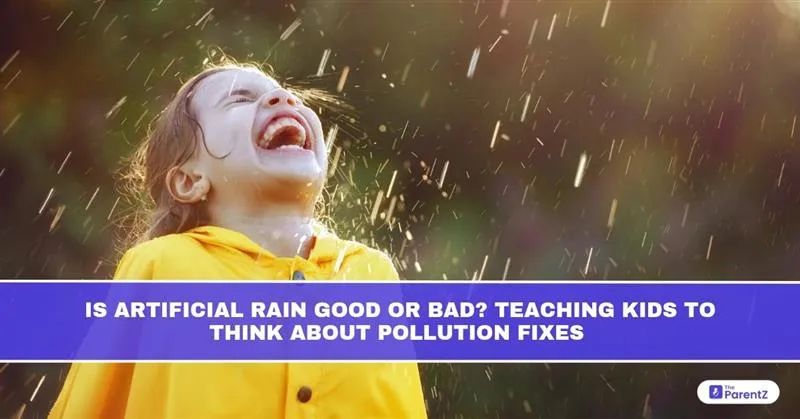


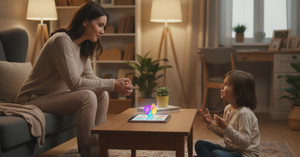
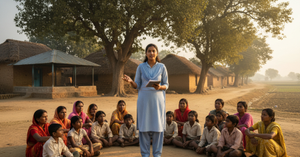
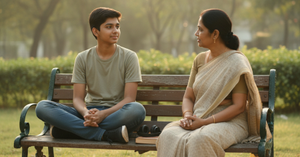
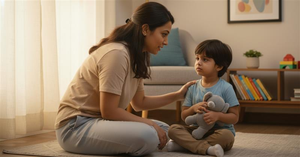

Be the first one to comment on this story.